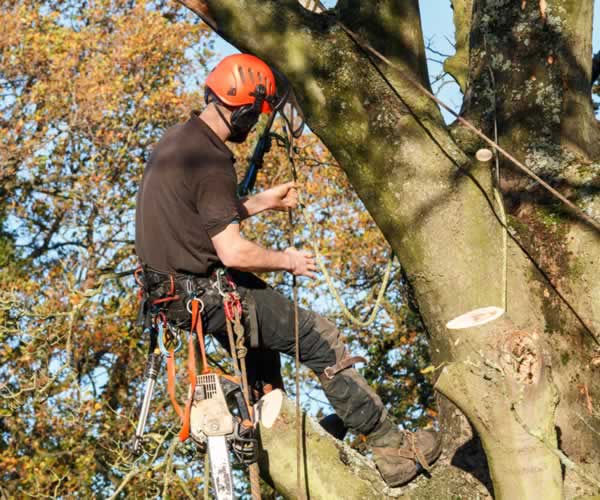Trees require regular care to thrive, failure to which they become vulnerable to pests, diseases, and death. Proper tree care starts by selecting the tree to plant and caring for it in the first few years of its life. It helps a tree to be healthy, mature, and reduce maintenance expenses. Professionals such as Wasatch Ecocare from Salt Lake City who are devoted to tree care and laypersons care for trees.

Below are seven expert tips from the professional arborists in Salt Lake City on how to properly care for your trees.
Watering
Watering is a vital element in tree care especially, in hot and dry summer months. It is hard to quantify the amount of water a tree needs due to variations in climate. For young trees, watering is essential for good health and disease prevention. Inadequate water is harmful to the tree and so is over-watering. Deep watering is ideal because it guarantees that trees grow robust roots.
Mulching
Mulch is applied to the area around the tree and should be around 2-4 inches thick. Wood chips and bark mulch are often used for mulching. Mulching helps young trees in several ways such as controlling weeds, protecting roots from dying out, and keeping the soil moist. Also, it aids in the maintenance of a constant soil temperature and shields the base of the tree from lawn equipment.
Weeding
Weeding removes living plants such as weeds, grass, and flowers that compete with the tree for nutrients and prevent the trunk from getting enough sunlight. The base of the tree should be free from weeds to ensure that the tree gets enough nutrients without competition. Use your hands to pull out weeds and dispose them in the compost bin.
Protect trees from damage
Lawn equipment and chemicals have the capacity to damage trees and hence affect their maturity. Lawn equipment such as weed whackers disrupts the transportation of water and nutrients to the rest of the tree when it mistakenly cuts the cambium layer of a tree. This makes the tree vulnerable to infections caused by pests and diseases. Chemicals such as pesticides and herbicides damage the roots and leaves of a young tree. Also, it is crucial to protect trees from livestock and pests and diseases that damage them.

Pruning
You should prune your trees for various reasons. First, to remove branches that are dead, broken, or diseased. Second, to increase light penetration to the crown of a tree. Third, pruning improves the shape of a tree.
Fertilizers
For young trees, regular fertilizing is important in the first few years after planting. Fertilizers ensure that trees are established quickly. However, fertilizing is no longer required when the tree growth is satisfactory. You may fertilize a tree if its growth is weak and sparse. Before you add fertilizer to a tree, test the soil to identify the nutrients it lacks. The common nutrients that a tree requires are nitrogen, phosphorus, and potassium.
Staking Young Trees
Trees develop strong trunks when they are unsupported and sway in the breeze. Nevertheless, when a tree trunk is too weak to stay upright or the tree is planted in a windy location, you can stake it. When staking a tree, use ties that don’t cut the bark such as rubber. Trees are beneficial to us and provide shade, purify the air, beautify places, and help in energy conservation. In return, we should spend our money, time, and effort to care for trees by watering, fertilizing, mulching, and protecting them from damage.







I believe it’s time to maintain our backyard trees by hiring a professional tree trimming service. I want to make sure that our property is secure and attractive for our family and guests, since the overgrown branches are beginning to pose a risk to their safety. Removing dead, damaged, or diseased limbs from your trees is one of the many reasons it makes sense to trim them.